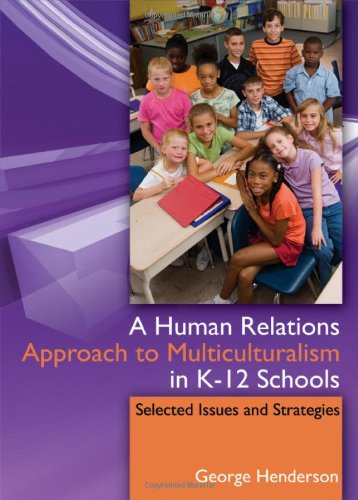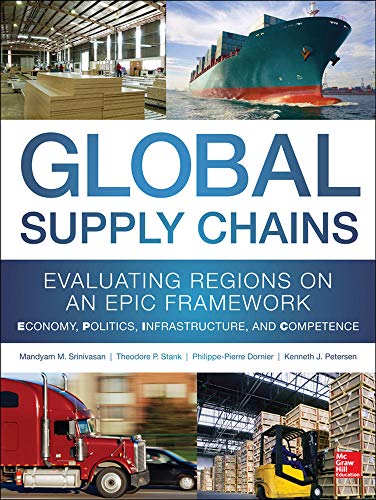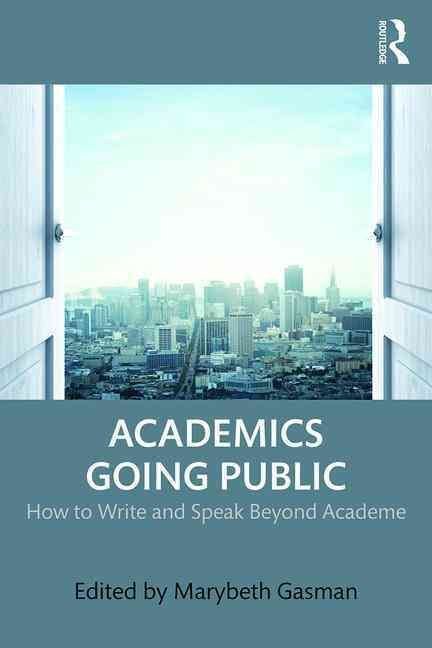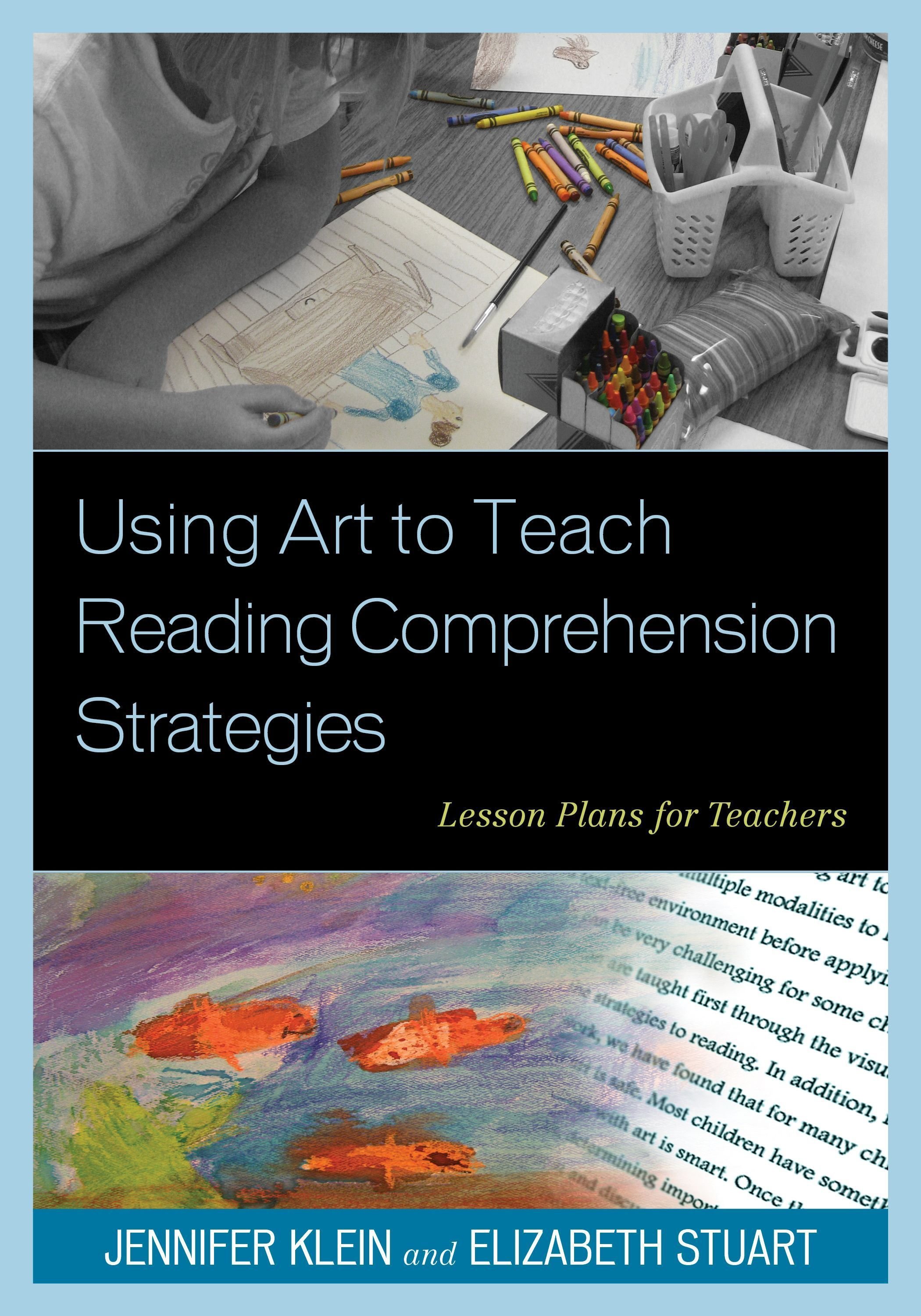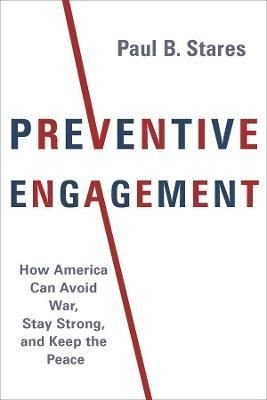Explicit in this book is the author’s belief that it is not enough to say that Americans live in culturally diverse and stratified communities in which educational opportunities are not distributed fairly; nor is it enough to reiterate that most educational opportunities are not based solely on students’ academic abilities. Rather, elementary and secondary school personnel must be involved in abating these problems. The book is not meant to be read passively by teachers and teacher candidates; it is intended to be a dialogue that encourages discussion and, when possible, action. Explicit throughout each chapter is the belief that how teachers teach a course matters as much as what is taught. Each chapter is written to achieve four major objectives: (1) to discuss key societal factors that positively or negatively affect the quality of instruction students receive in elementary and secondary schools; (2) to discuss selected racial and ethnic groups’ beliefs, attitudes, and behaviors that characterize teaching personnel, students, and parents; (3) to present seminal research studies and their implications for educating elementary and secondary students; and (4) to provide practical suggestions for abating or preventing selected human relations problems in schools. Chapters include: Challenges for Educators; Human Relations in Education; Caring About All Students; Teachers as Professional Helpers; Stress, Anxiety, and Coping; Parents Are People, Too; and Student Teachers. In addition, the text seeks to: (1) discuss educational reforms that served well in the past but must be altered or abandoned to fit current educational imperatives; (2) discuss a wide variety of issues, problems, and strategies for change that offer readers a balanced view of challenges affecting administrators, teachers, counselors, students, and parents; (3) employ a scaffolding, or spiral, approach to topics; and (4) offer special attention to the effects of race, ethnicity, gender, sexual orientation, nationality, and family income on students, their parents, and teachers. Although the book is written primarily for students interested in pursuing careers as elementary or secondary school teachers, it should also be of value to experienced teachers, as well as school administrators, counselors, parents, and policy makers. The text may also complement and supplement other textbooks used in university courses focused on human relations-related topics.
